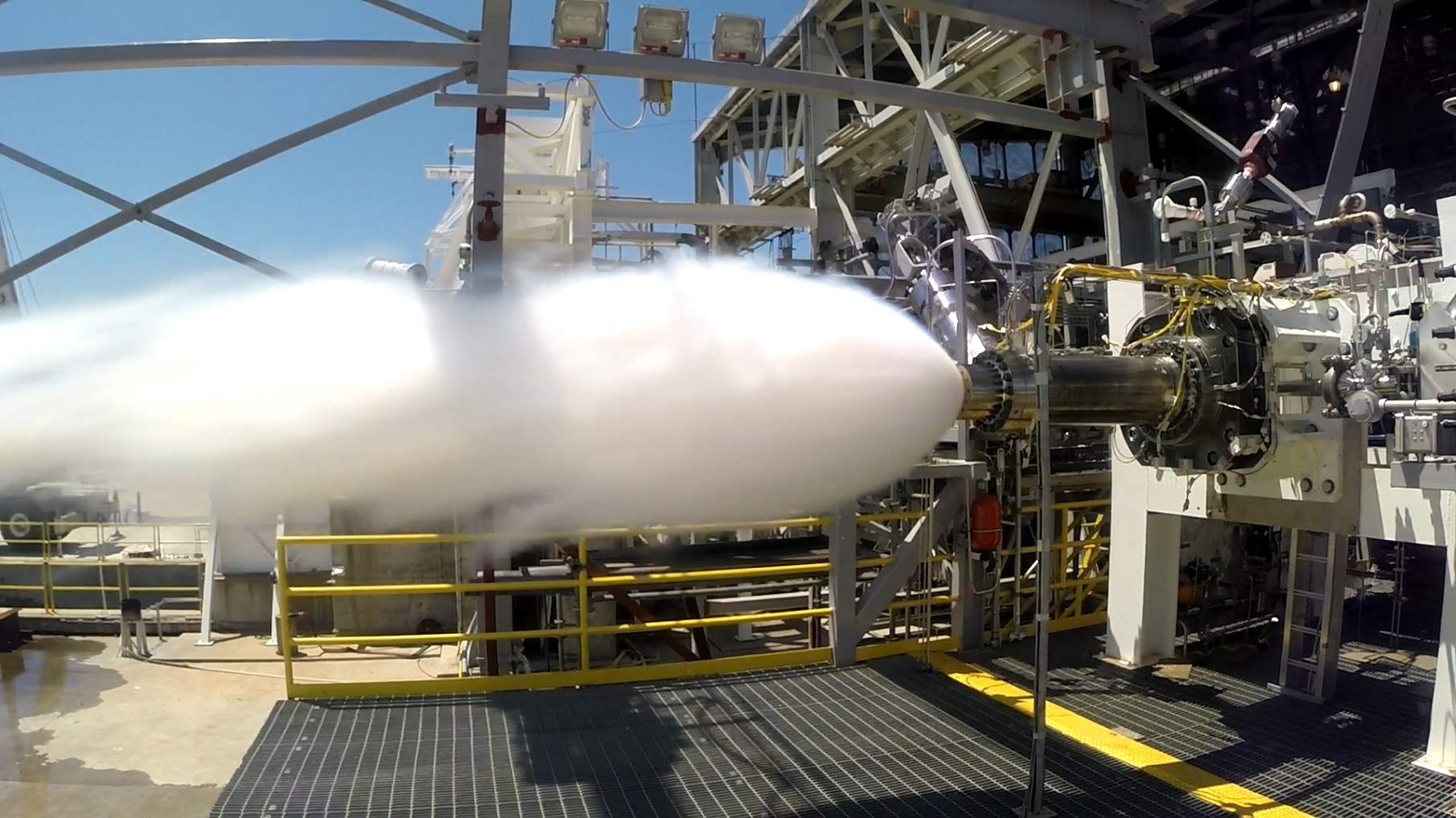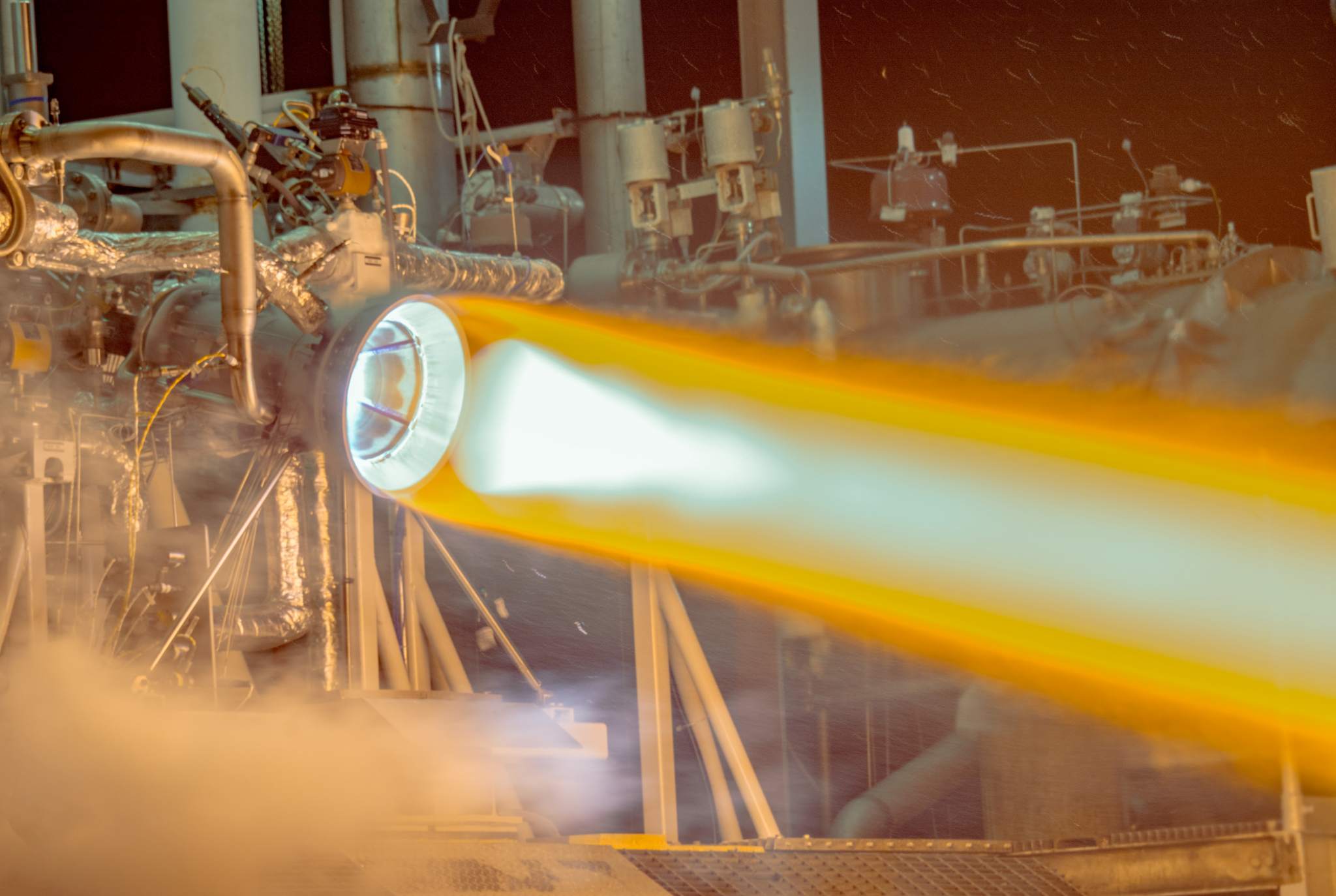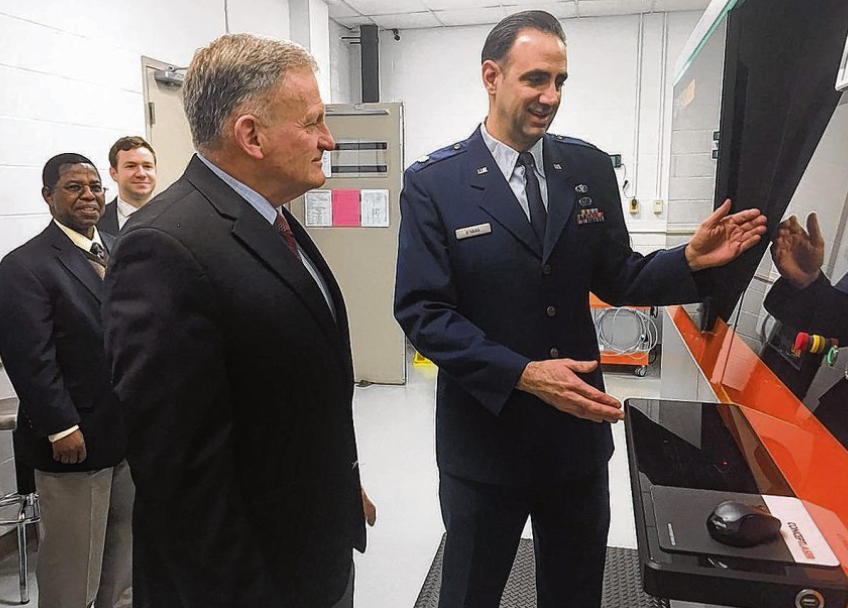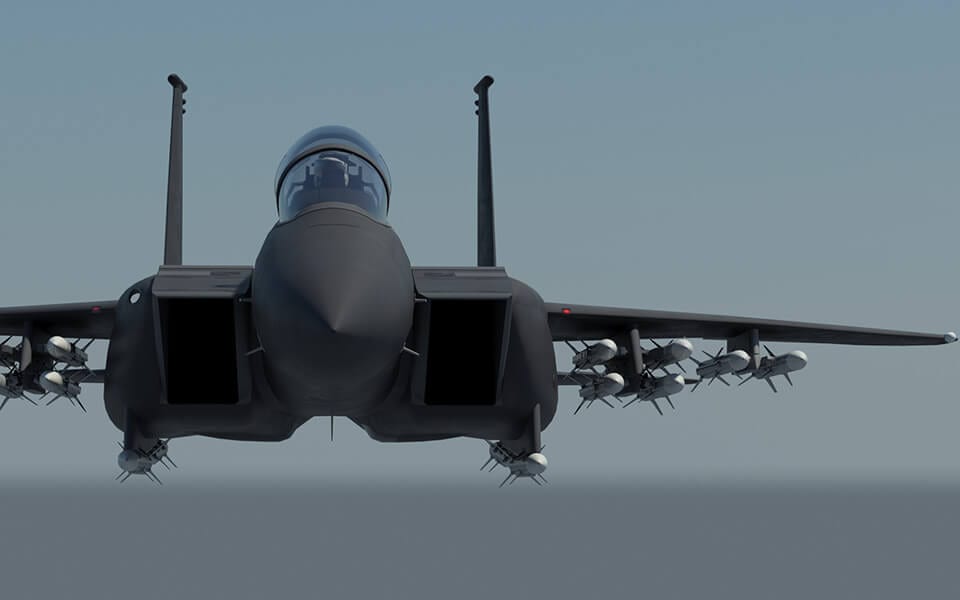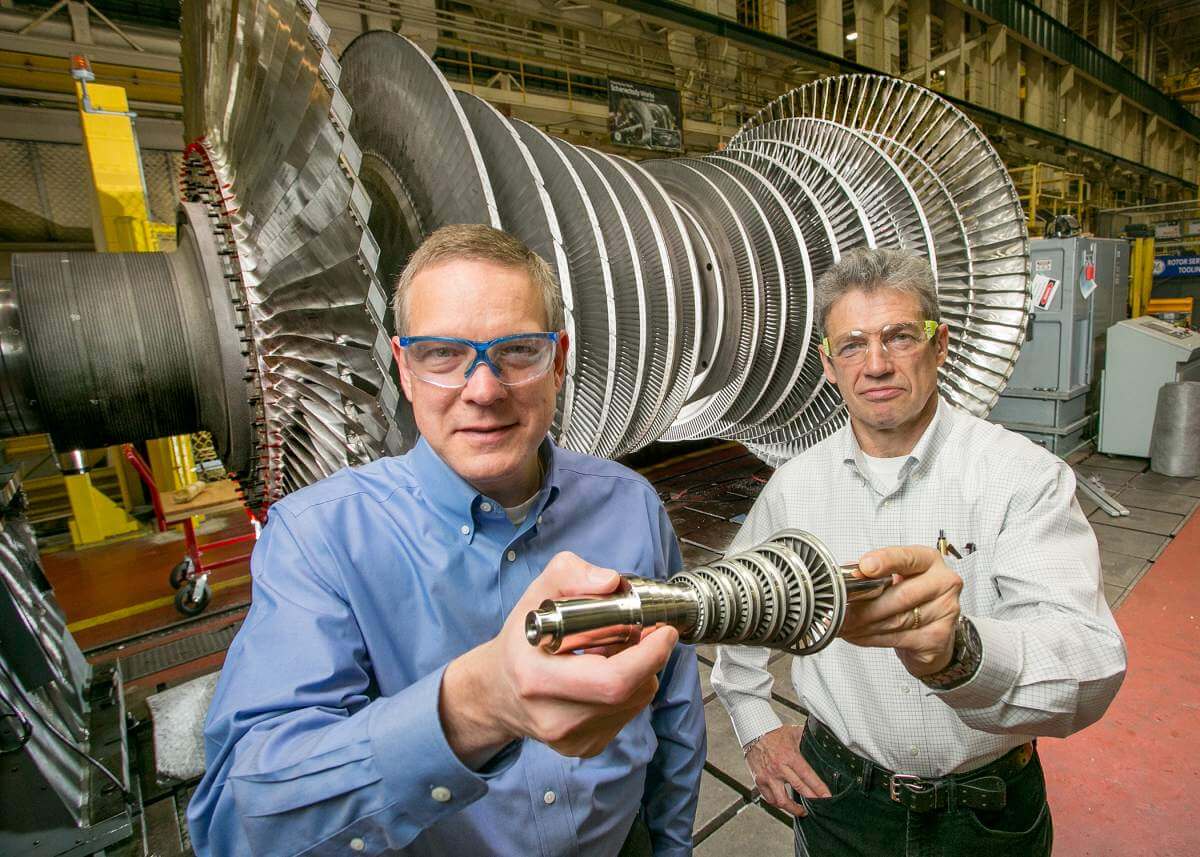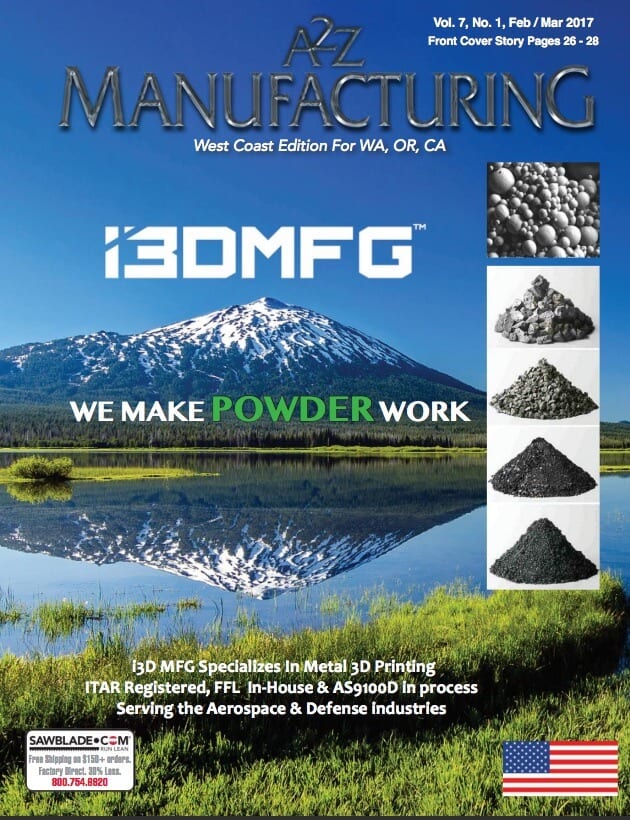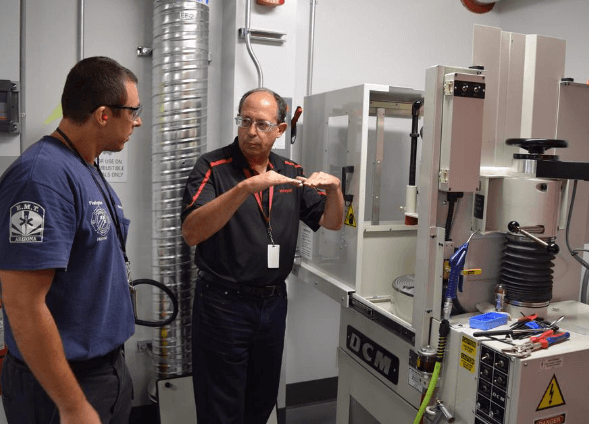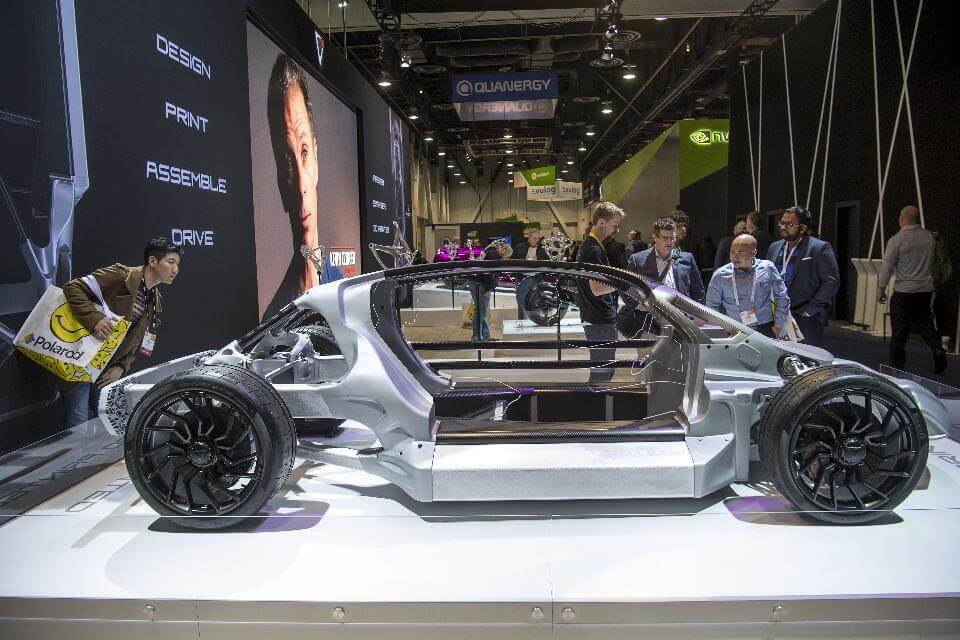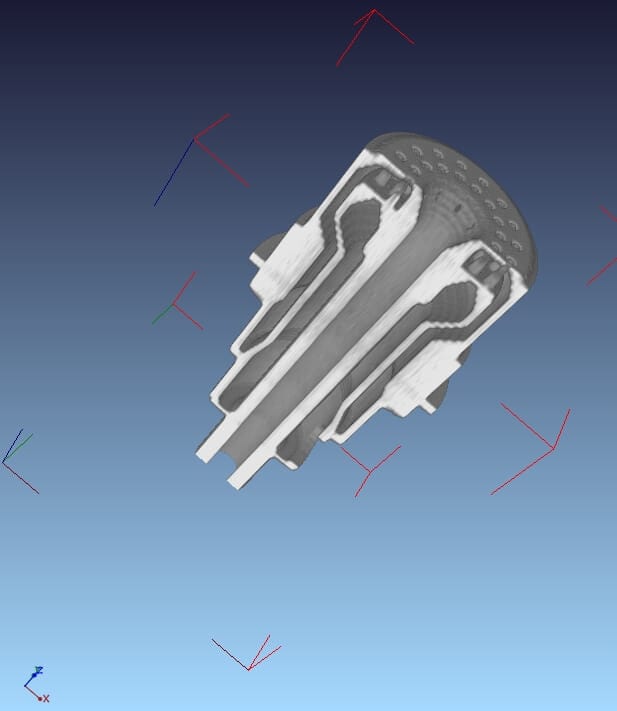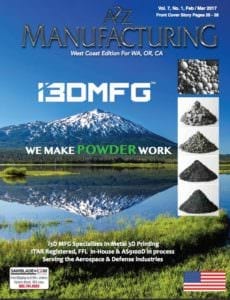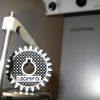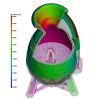Significant 3D Printed Rocket Engine Milestone Reached
Aerojet Rocketdyne is pushing the 3D printing envelope once again with their latest tests. They recently reported two milestones that have been reached in the development of the 3D printed AR1 rocket engine.
Due to the outcomes of their testing, the AR1 rocket engine is now slated for certification by 2019 which will replace the Russian made RD-180 engine.
According to Aerojet, the “AR1 is the lowest-risk, lowest-cost-to-the-taxpayer and fastest path to eliminating U.S. dependence on foreign suppliers.”
So what part of the engine are 3D printed? The preburner, which drives the engine’s turbomachinery and features Aerojet’s “proprietary Mondaloy™ high-strength, burn resistant nickel-based super alloy.”
This milestone by Aerojet Rocketdyne also moves them a step closer to fulfilling a congressional mandate to end U.S. dependence on Russian engine technology for military launches. The company says that 3D printing is what has enabled them to get to this point.
Passing this milestone was also significant because they had to complete the Critical Design Review phase which has traditionally been harsh to do in regards to 3D printing. They were able to successfully pass that so it was a huge milestone not only for Aerodyne but for 3D metal printing/additive manufacturing
Aerodyne CEO Eileen Drake explains that this milestone means the engine design is now finalized and confirmed before stating the company is “ready to build our first engine for qualification and certification.”
